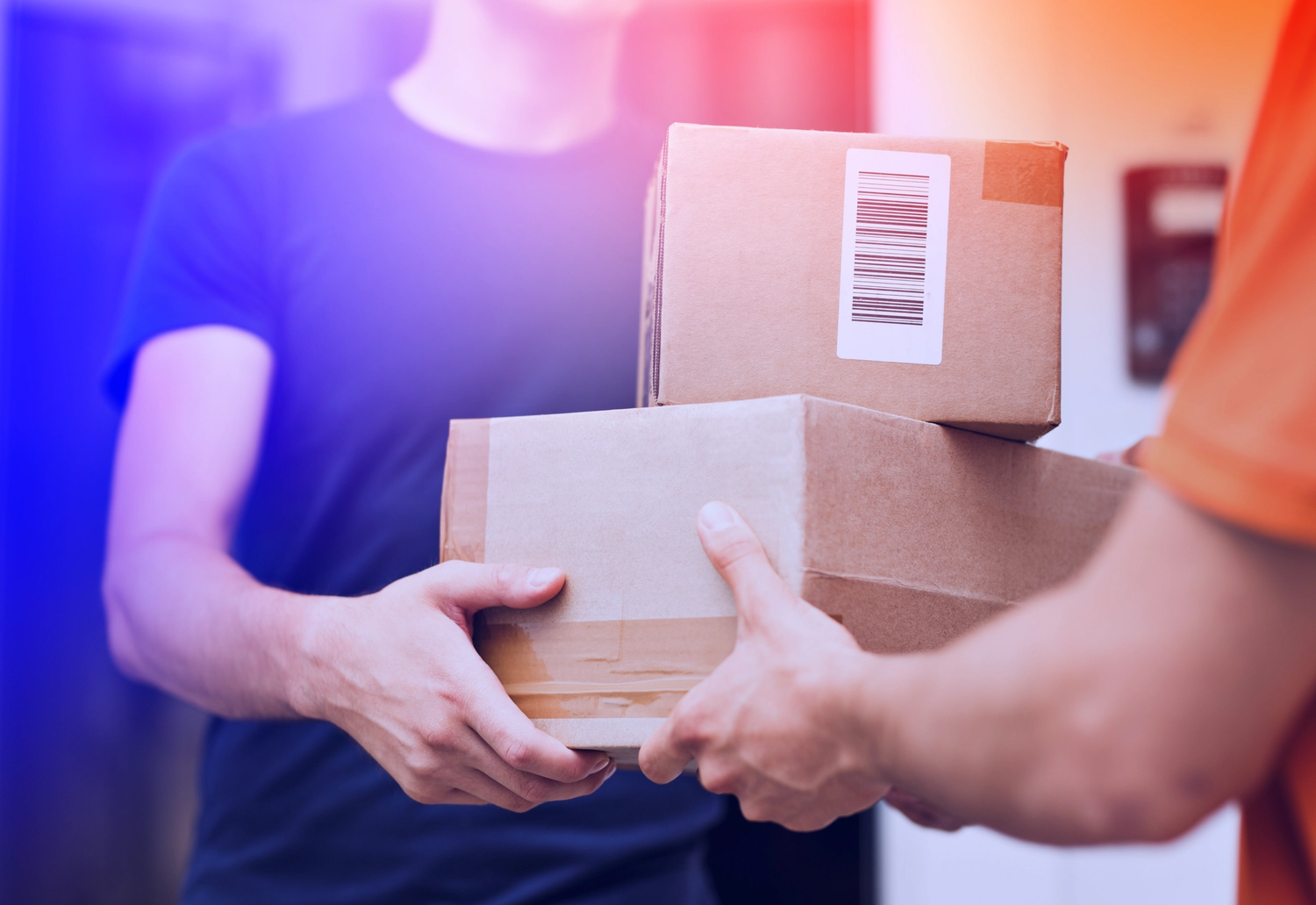Share this post

Consumer expectations around delivery speed are mounting. Same-day delivery, next-day shipping, and delivery windows are expected over premium services. But as retailers chase these new demands, is the speed race sustainable?
Ben Franzi, Strategic Advisor at TMX Transform, warns that while speed can be a powerful competitive advantage, it can also kill profitability if not strategically managed. The answer to whether retailers can keep up with speed demands isn't a simple yes or no, it's a complex equation involving margins, basket sizes, and customer psychology.
When fast becomes fatal
Premium speed delivery can quickly erode margins—particularly when speed premiums represent a substantial portion of already-thin gross margins.
Consider an average Australian e-commerce transaction with a $100 basket size and a $30 gross margin. If you're spending $7 to ship it, and $7 to get it back returned, that's half your gross margin gone in shipping costs.
"And while return rates for categories like books are near zero, fashion can see return rates as high as 30%, often due to sizing, fit, or customer preference, making the cost impact significantly harder to absorb," Franzi says.
"To justify the associated costs of same day delivery, achieving faster delivery needs to result in a long-term customer relationship, rather than an individual, transactional relationship. Choice wins long-term loyalty of consumers. It might be that a consumer needs an item for tomorrow, if the retailer provides great service, customers will come back and buy on an ongoing basis."
Retailers with higher order values can better absorb fast delivery costs, while those with smaller baskets risk losing profitability. But by identifying when speed truly matters to customers, retailers can make smarter, more sustainable choices.
The four pillars of consumer choice
There are four consistent elements that drive consumer decisions: price, speed, convenience, and certainty. While these factors remain constant, their priority order shifts based on the product and purchase context.
There are two critical triggers for speed priority: event-driven purchases (birthdays, special occasions, deadlines) and emotional investment.
When buying routine items like work shirts, speed holds little value. But when people need products for events that same week, the decision hierarchy changes: speed takes precedence, then convenience, with price becoming secondary.
The final consideration, certainty, remains top of mind for consumers.
"Speed will always be secondary to certainty. Tell me the day it's going to come and bring it on that day. In standard e-commerce transactions, price becomes the next priority. We really want cheap, high-service delivery for the majority of products we buy."
Fashion, beauty products, homewares, and stationery don't typically require immediate fulfillment, making price and reliability more important than speed. Given the cost pressures associated with last-mile delivery, retailers need to ascertain the specific purchase scenarios where customers actually prioritize speed and will pay for rapid delivery.
Building sustainable speed: Strategy over sprint
To compete on speed, there are three critical considerations:
Commercial viability assessment: Organizations must run a highly diligent commercial lens over speed initiatives, determining whether to use speed for customer acquisition and, if so, for how long. The key question becomes: how do you convert speed-attracted customers into profitable, loyal ones?
Operational readiness: Speed isn't just about delivery; it requires end-to-end operational capability. Warehousing, pick-and-pack processes, and inventory management systems must all support rapid fulfillment. If a warehouse operation has functioned one way for 20 years, introducing same-day requirements may prove disruptive or impossible for certain product categories.
Density and consolidation: The most sustainable speed solutions require consolidated operations rather than point-to-point deliveries. Success depends on transaction density – how many deliveries and pickups can be completed within concentrated geographic areas. Higher density dramatically reduces drive times between stops, which represents one of the biggest cost components.
Four ways to achieve speed to customers
Simulation before committing: Simulation lets retailers test delivery scenarios without altering real-world operations. By analyzing volumes, densities, and demand, it helps identify cost-effective delivery patterns and avoid unsustainable speed promises. Without this modelling, businesses risk committing to strategies that won't scale.
Leverage local fulfillment networks: The most straightforward path to speed involves fulfilling orders from local stores rather than distant warehouses, then using gig economy providers for final delivery. While this approach carries higher costs, it can work effectively for retailers with strong local inventory management systems and the ability to coordinate across multiple locations.
Inventory intelligence: Speed requires knowing exactly where stock is located across all channels and locations. Many retailers lack this fundamental capability, making rapid fulfillment impossible regardless of delivery infrastructure. Accurate, real-time inventory tracking across warehouses, stores, and distribution centers becomes non-negotiable for speed.
Last-mile automation: Technology traditionally confined to warehouses is now reaching last-mile operations. Automated systems enable precise delivery sequencing, allowing vehicles to be loaded in exact delivery order while providing the flexibility to hold or buffer items until optimal delivery windows.
The race for speed continues, but retailers shouldn't chase every delivery promise without clear commercial logic. Success lies in understanding margins, customers, and operations—then making smart, tailored decisions backed by intelligent network design.

